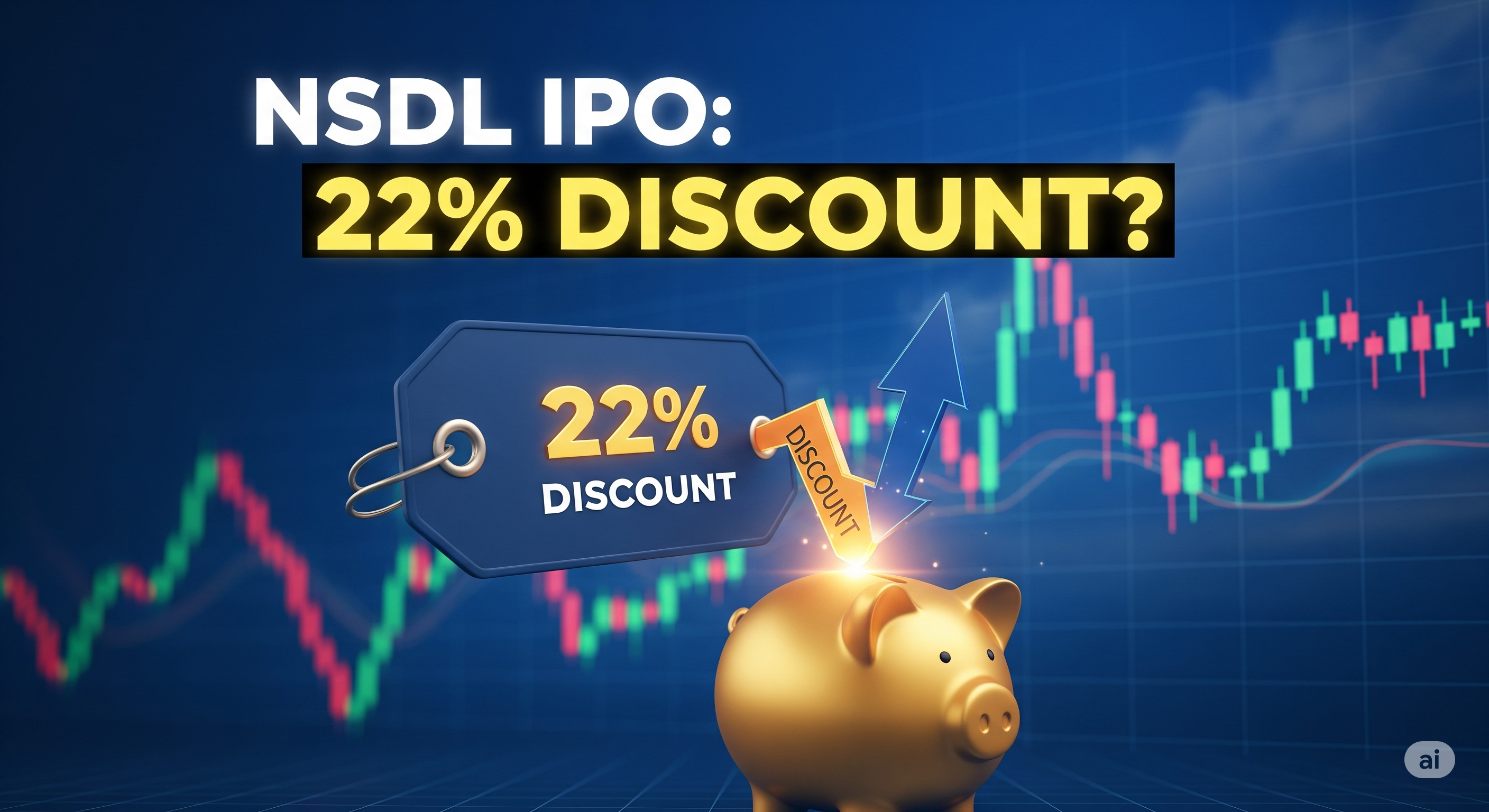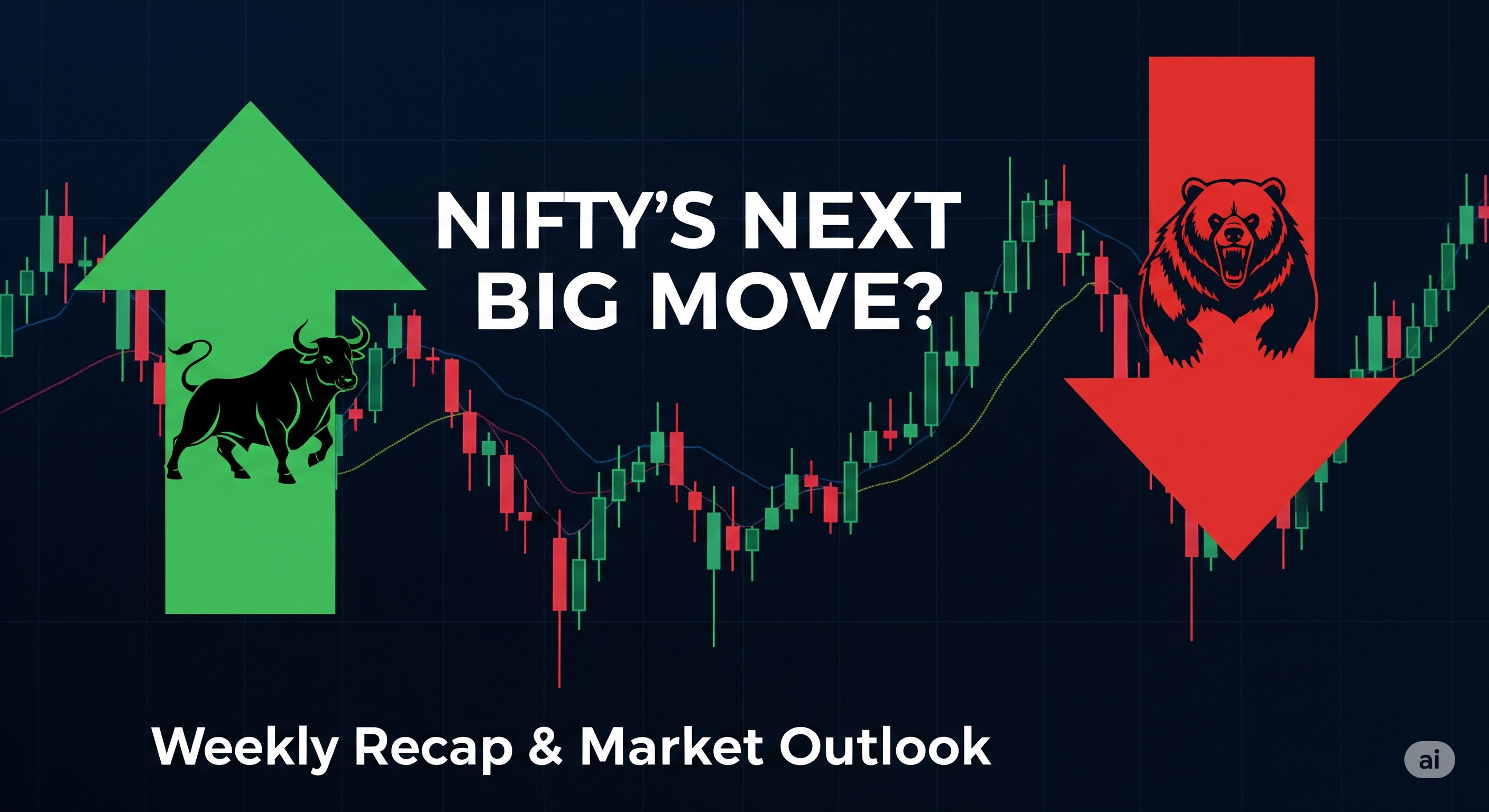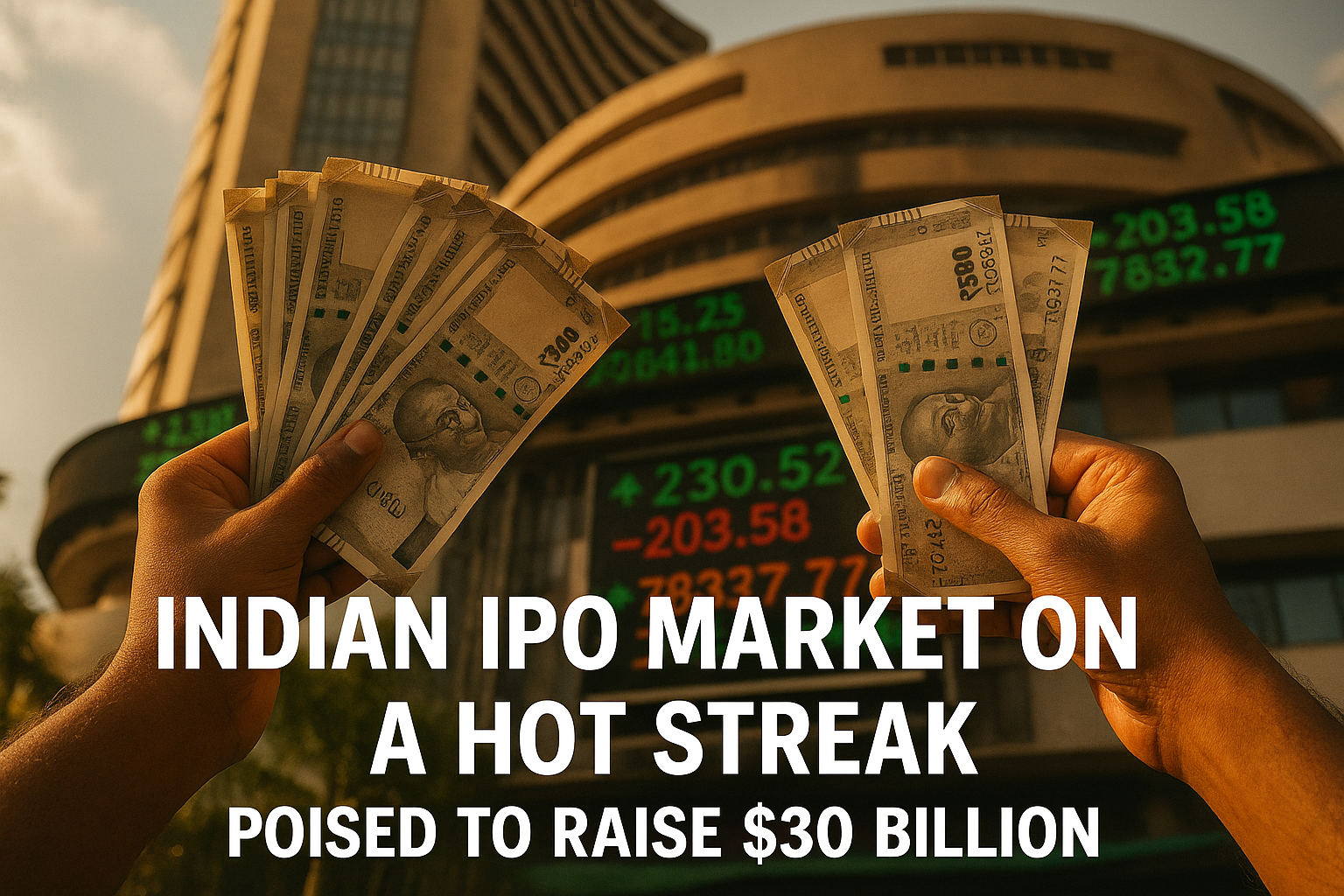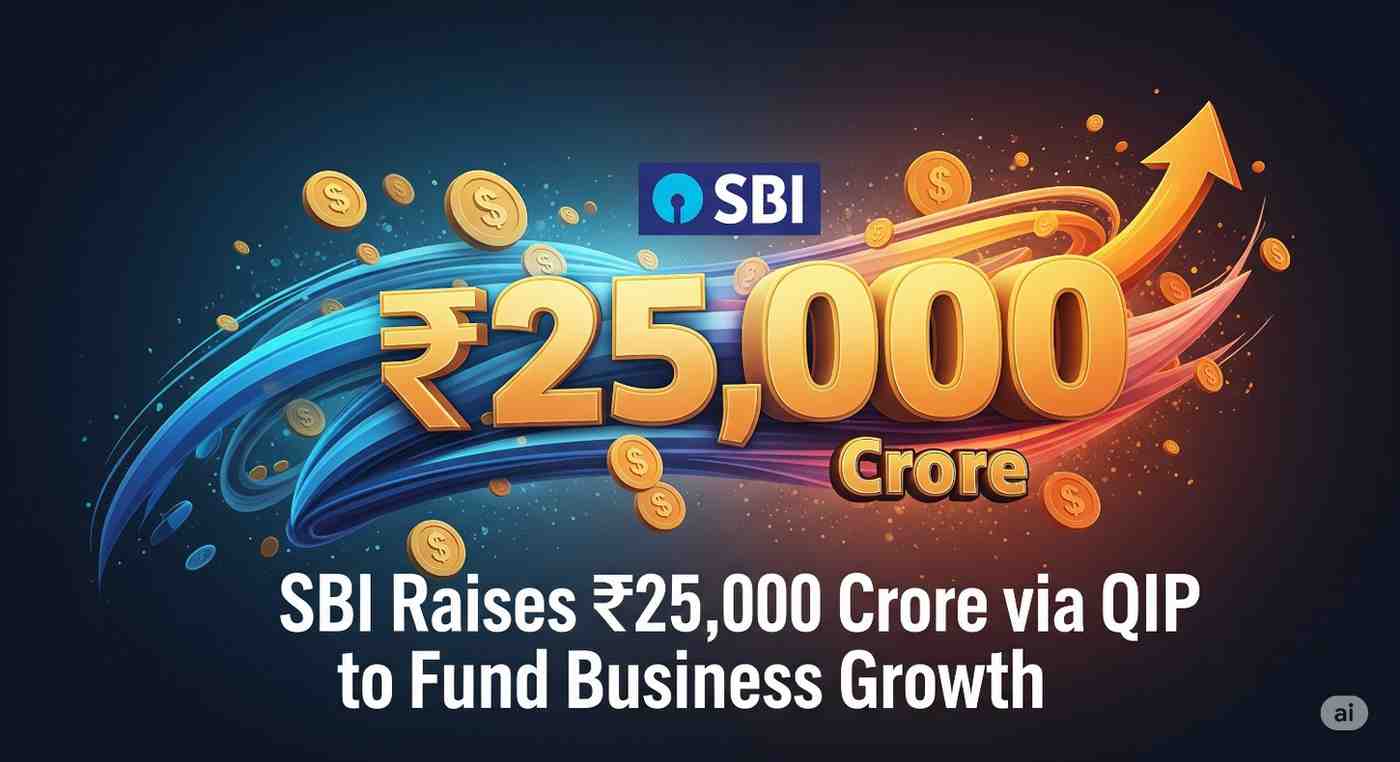-
Algos
-
Stocks
-
Trading
-
Strategies & Arbitrages
-
Mutual Funds

If you follow the IPO market, you know there's been a lot of buzz around the upcoming launch of the National Securities Depository Ltd (NSDL). But the company just threw a major curveball that has everyone talking.
NSDL announced its official IPO price band, and it is a whopping 22% cheaper than what its shares were trading for in the unlisted, or "grey," market.
This has left many early investors scratching their heads, but for those of us waiting to subscribe to the IPO, this surprisingly low price could be a very strategic and positive sign. Let's break down what is happening.
NSDL has set its IPO price band between ₹760 and ₹800 per share. This values the entire company at around ₹16,000 crore.
Just a short while ago, these same shares were trading in the unlisted market for as high as ₹1,275. Even just before the announcement, the price was around ₹1,025.
So, why would a company willingly price its IPO so much lower than the perceived market value?
NSDL is not the first company to do this. We have recently seen a similar trend with other big IPOs like HDB Financial Services and Tata Technologies. They all chose to price their issues conservatively, leaving some money on the table.
Market experts believe this is a smart move. Instead of trying to squeeze every last rupee out of the valuation, these companies are focusing on ensuring a successful listing and a positive experience for new investors. A reasonably priced IPO is more likely to see strong demand and a healthy "pop" on listing day.
This cautious approach is also a warning sign for those who invest heavily in the unlisted market. That space is highly speculative, and buying a stock just before its IPO at a high price can be a risky game.
While the IPO price might be a bit of a letdown for recent grey market buyers, it is an absolute lottery win for NSDL's original stakeholders.
Other major banks like HDFC Bank and SBI are also set to make a massive profit on their early investments.
If the company is so valuable, why are these big players selling their shares?
It is not because they are losing faith. It is because of a rule from the market regulator, SEBI. The rule states that a single entity cannot own more than 15% of a "market infrastructure institution" like NSDL. Both IDBI Bank and NSE own more than that, so this IPO is their way of selling a part of their stake to comply with the regulations.
When a fundamentally strong company with a market-leading position decides to price its IPO attractively, it is a sign worth paying attention to. It suggests that the company and its bankers are focused on a successful, long-term market journey rather than a short-term valuation grab.
For retail investors, a conservatively priced IPO offers a better margin of safety and a higher chance of listing gains. While you should always do your own research into the company's financials, the attractive pricing of the NSDL IPO certainly makes it one of the most interesting and promising offers of the year.
The IPO is set to open for subscription on July 30 and will close on August 1. It is definitely one to watch.

The Nifty 50 has broken key support levels, signaling potential weakness ahead. Learn what technical indicators suggest for the market's direction.

India's IPO market is booming, with over 150 firms expected to raise $30 billion. Learn about the top upcoming IPOs like Tata Capital and LG Electronics India.

India's largest depository, NSDL, is set to launch its IPO. Learn what this means for investors, how it compares to CDSL, and the key details of the offer.

India's eight core industries grew 1.7% in June 2025, a 3-month high. While steel and cement saw strong growth, coal and electricity contracted.

State Bank of India (SBI) has raised ₹25,000 crore through a QIP. Learn about the details of the share sale, LIC's investment, and what it means for the bank.

SEBI has issued a draft circular proposing significant changes to the categorisation of mutual fund schemes. Find out what this means for investors.
